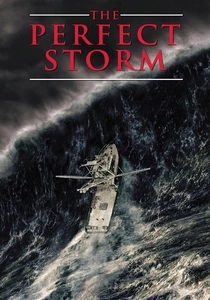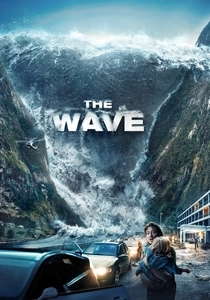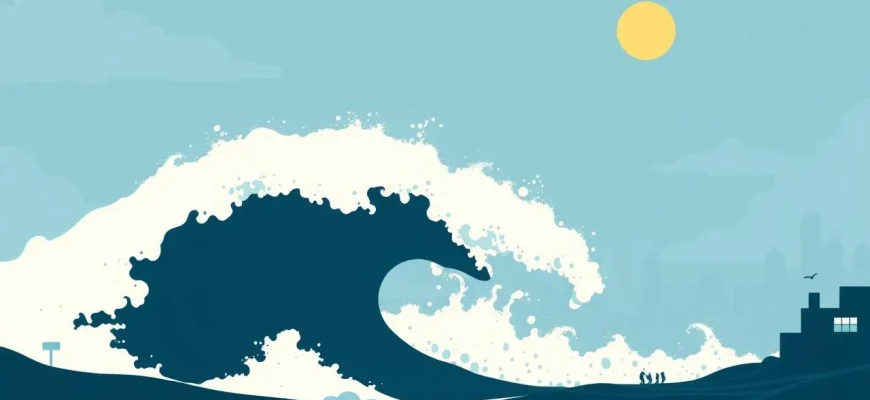Water, the essence of life, can also be a force of unimaginable destruction. This curated list of films delves into the terrifying power of water, from tsunamis to floods, showcasing how filmmakers have captured the awe-inspiring and often catastrophic impact of this natural element. Whether you're a fan of disaster movies or simply intrigued by the raw power of nature, these films offer a thrilling and sometimes sobering look at water's might.

The Abyss (1989)
Description: Set in the deep ocean, this film explores the destructive potential of water under extreme pressure, showcasing both its beauty and its terror.
Fact: The underwater scenes were shot in a specially constructed tank, and the film required extensive underwater filming techniques.
 Watch Now
Watch Now 
Twister (1996)
Description: While focused on tornadoes, the film includes scenes where water, in the form of heavy rain and flooding, plays a significant role in the chaos and destruction.
Fact: The film was one of the first to use CGI to create realistic tornadoes, and it also featured a real-life storm chaser as a technical advisor.
 Watch Now
Watch Now 
Deep Impact (1998)
Description: While primarily about a comet strike, the aftermath includes massive tsunamis that devastate coastal cities, highlighting water's destructive potential when combined with other natural disasters.
Fact: The film was released the same year as "Armageddon," leading to comparisons between the two. It was also one of the first films to use a real-time countdown to a catastrophic event.
 Watch Now
Watch Now 
Hard Rain (1998)
Description: Set during a massive flood, this action thriller explores the chaos and crime that ensue when a small town is submerged, showing water not only as a destructive force but also as a catalyst for human drama.
Fact: The film was shot on a specially constructed set that could hold over 17 million gallons of water, making it one of the largest water sets ever built for a movie.
 Watch Now
Watch Now 
The Perfect Storm (2000)
Description: Based on a true story, this film follows the crew of the Andrea Gail as they encounter a monstrous storm at sea, showcasing the relentless power of water in its most violent form.
Fact: The film was shot on a real fishing boat, the "Lady Grace," which was modified to resemble the Andrea Gail. The storm scenes were created using a combination of practical effects and CGI.
 Watch Now
Watch Now 
The Day After Tomorrow (2004)
Description: This film depicts a sudden global weather shift that triggers catastrophic natural disasters, including massive tidal waves and flooding. It's a gripping tale of survival against the backdrop of a world turned upside down by water's wrath.
Fact: The film was inspired by the book "The Coming Global Superstorm" by Art Bell and Whitley Strieber. It was also one of the first films to use extensive CGI to simulate weather phenomena.
 Watch Now
Watch Now 
The Impossible (2012)
Description: Based on the true story of a family caught in the 2004 Indian Ocean tsunami, this film provides a harrowing depiction of water's devastating impact on human lives.
Fact: The film was shot in Thailand, where the actual tsunami occurred, and used real survivors as extras to add authenticity to the scenes.
 Watch Now
Watch Now 
The Finest Hours (2016)
Description: This film recounts the true story of the Coast Guard's daring rescue mission during a brutal nor'easter storm, where water's destructive power is both a threat and a challenge to overcome.
Fact: The film was shot in Massachusetts, where the real events took place, and used practical effects to simulate the harsh weather conditions.
 Watch Now
Watch Now 
Into the Storm (2014)
Description: While primarily about tornadoes, the film includes scenes where water, in the form of torrential rain and flooding, adds to the chaos and destruction caused by the storms.
Fact: The film used a combination of practical effects and CGI to simulate the storms, with real storm chasers providing insights into the weather phenomena.
 Watch Now
Watch Now 
The Wave (2015)
Description: This Norwegian disaster film depicts a massive landslide causing a tsunami in a fjord, showcasing the sudden and devastating power of water.
Fact: The film was inspired by a real geological event known as the Åknes rockslide, which is still monitored for potential future tsunamis.
 Watch Now
Watch Now 








